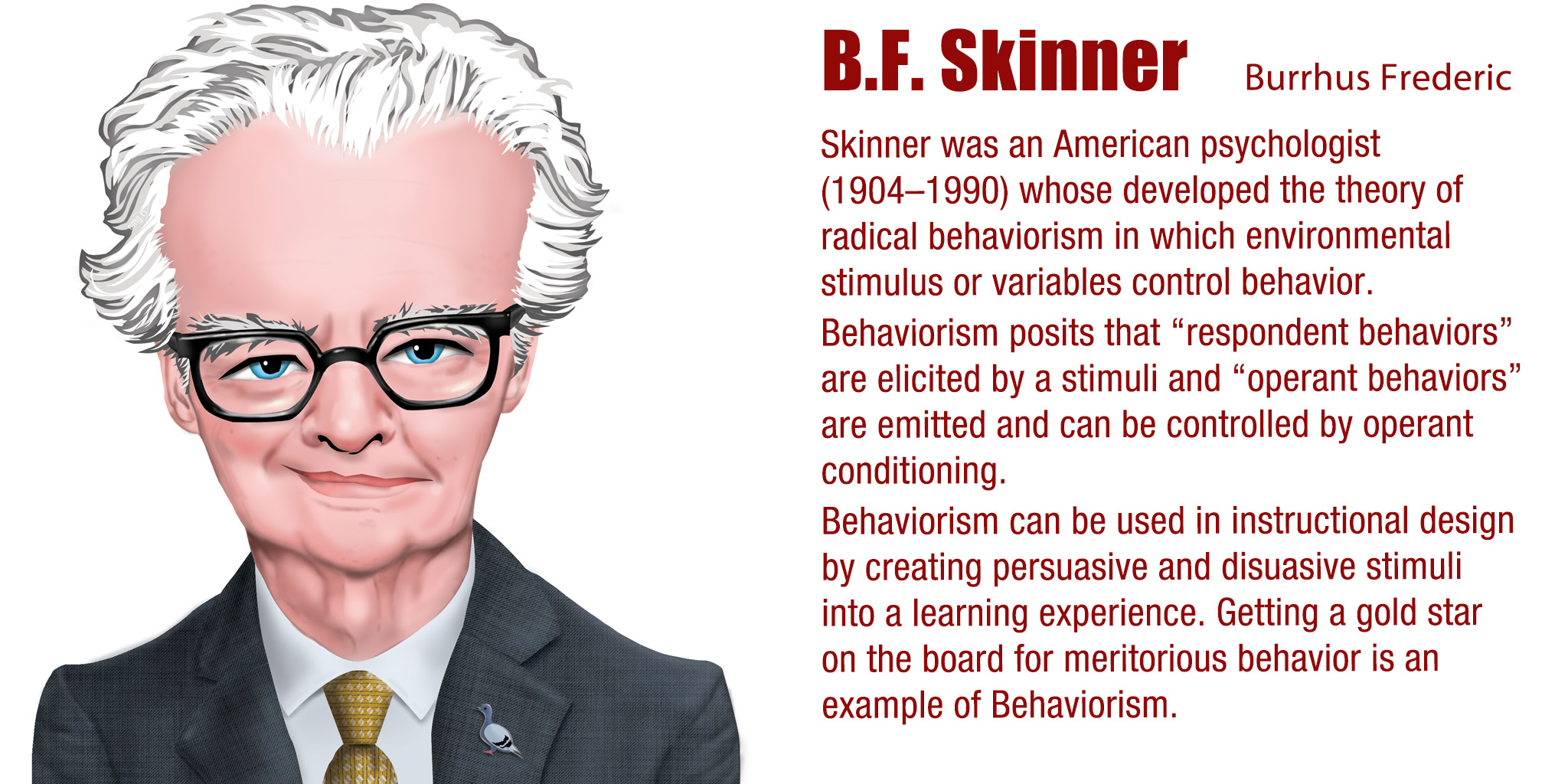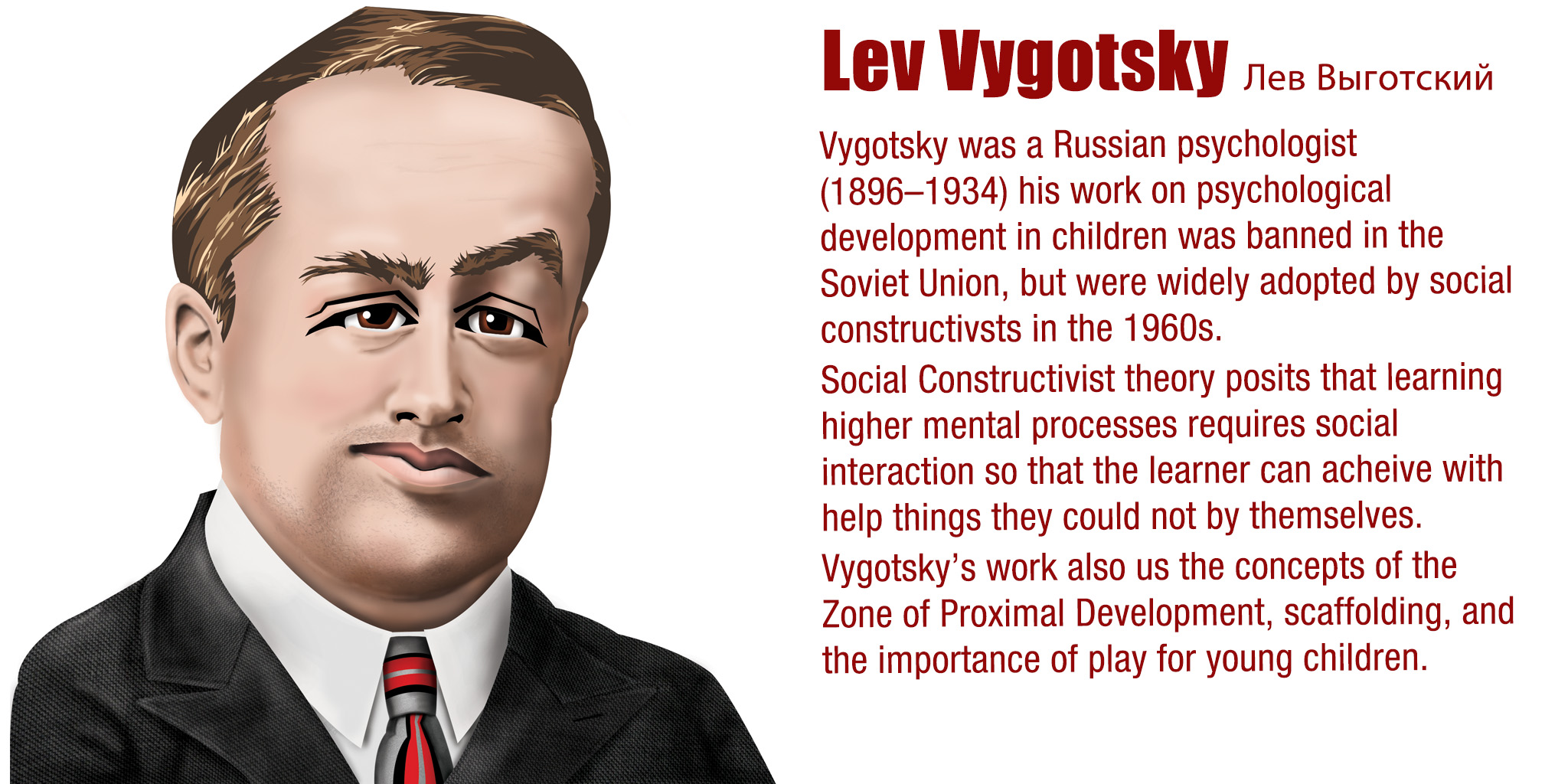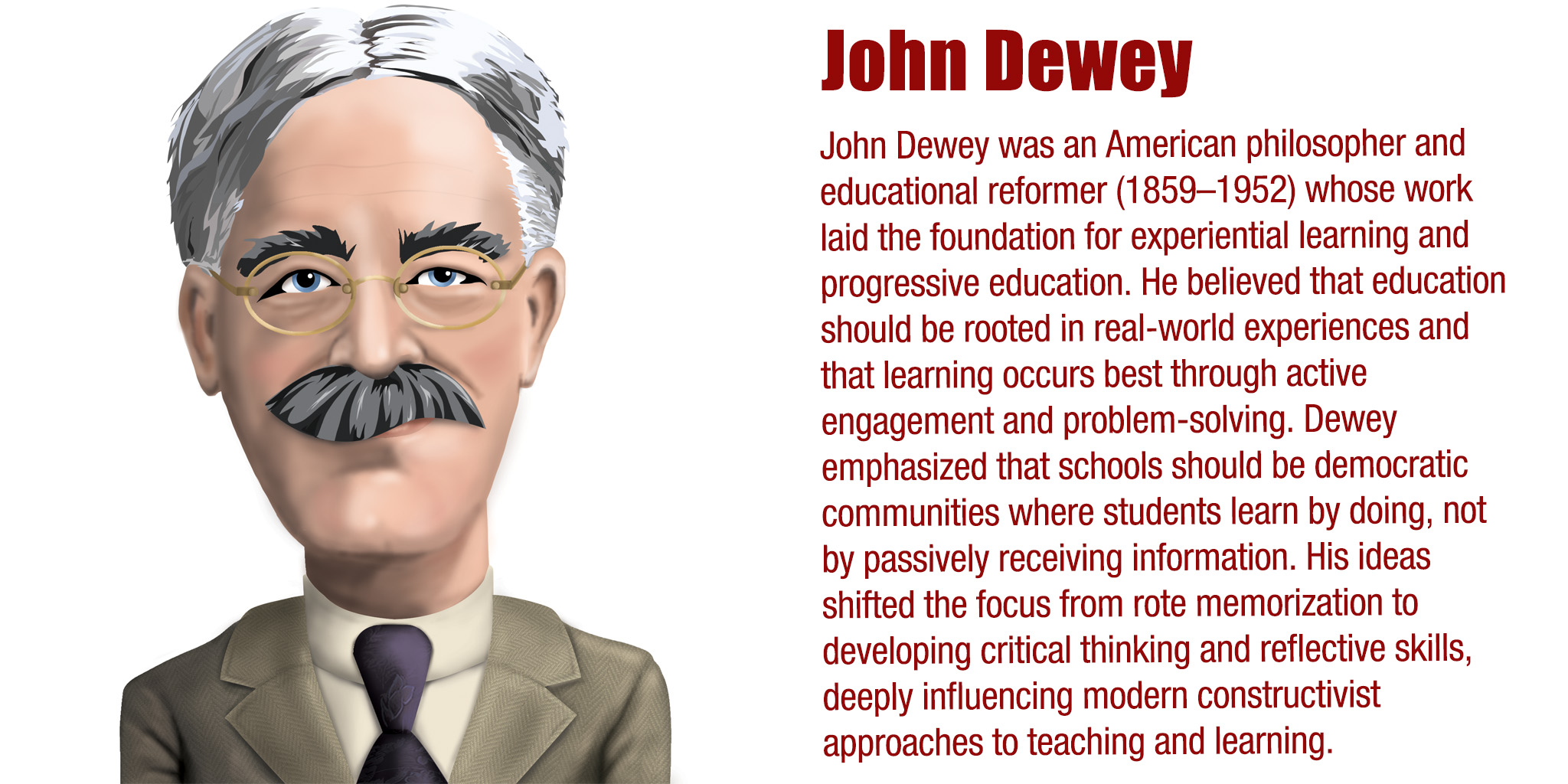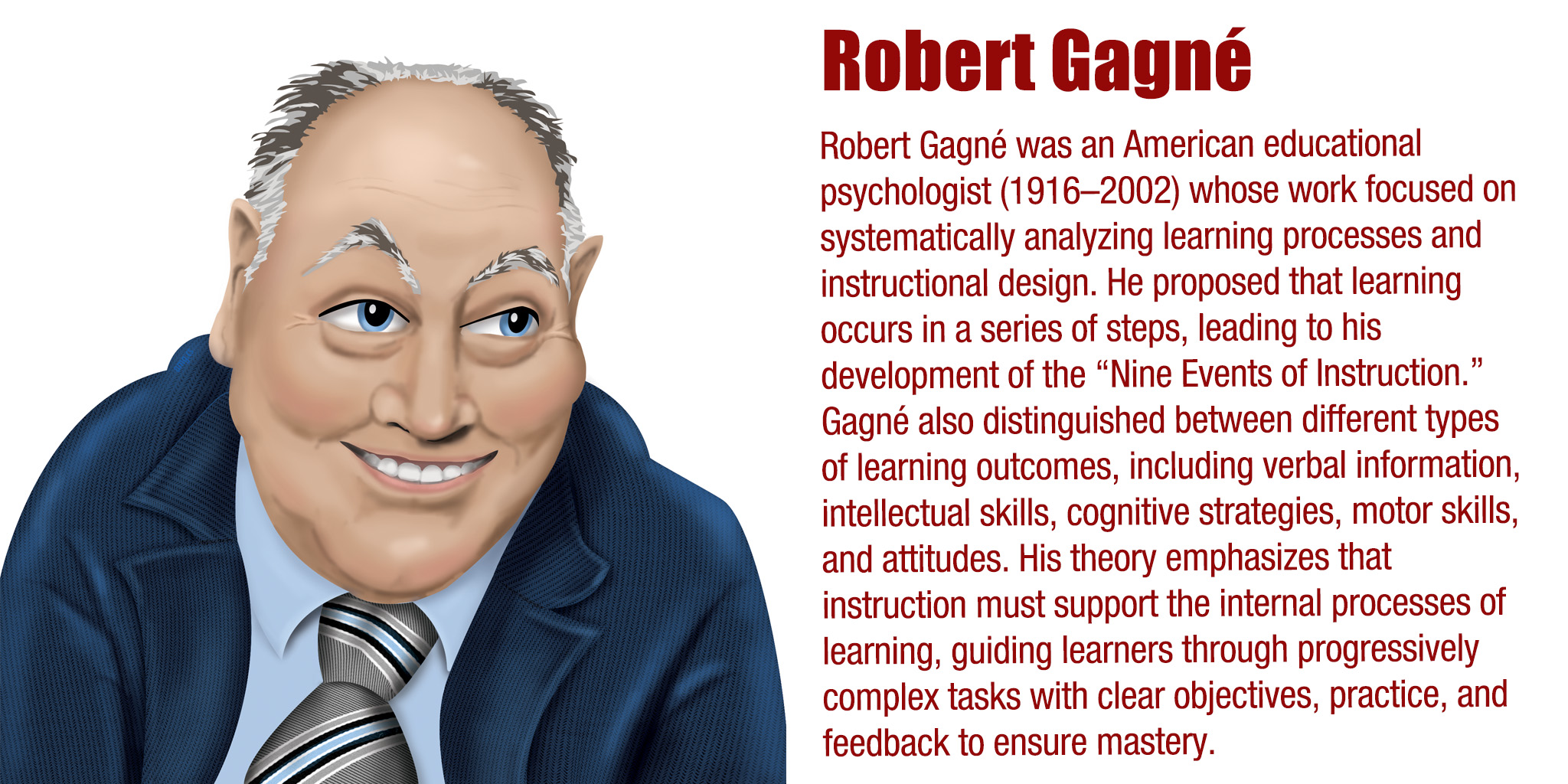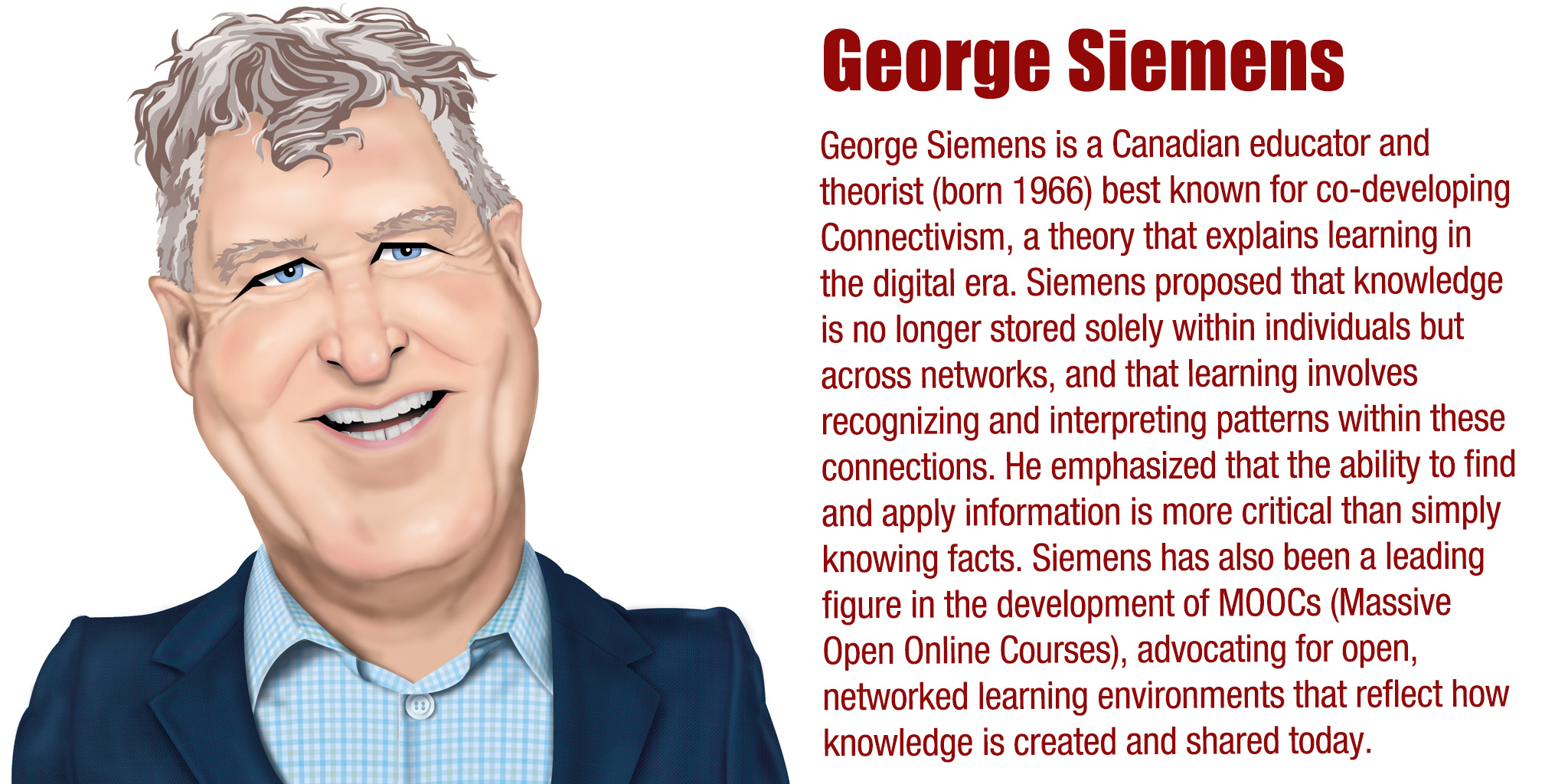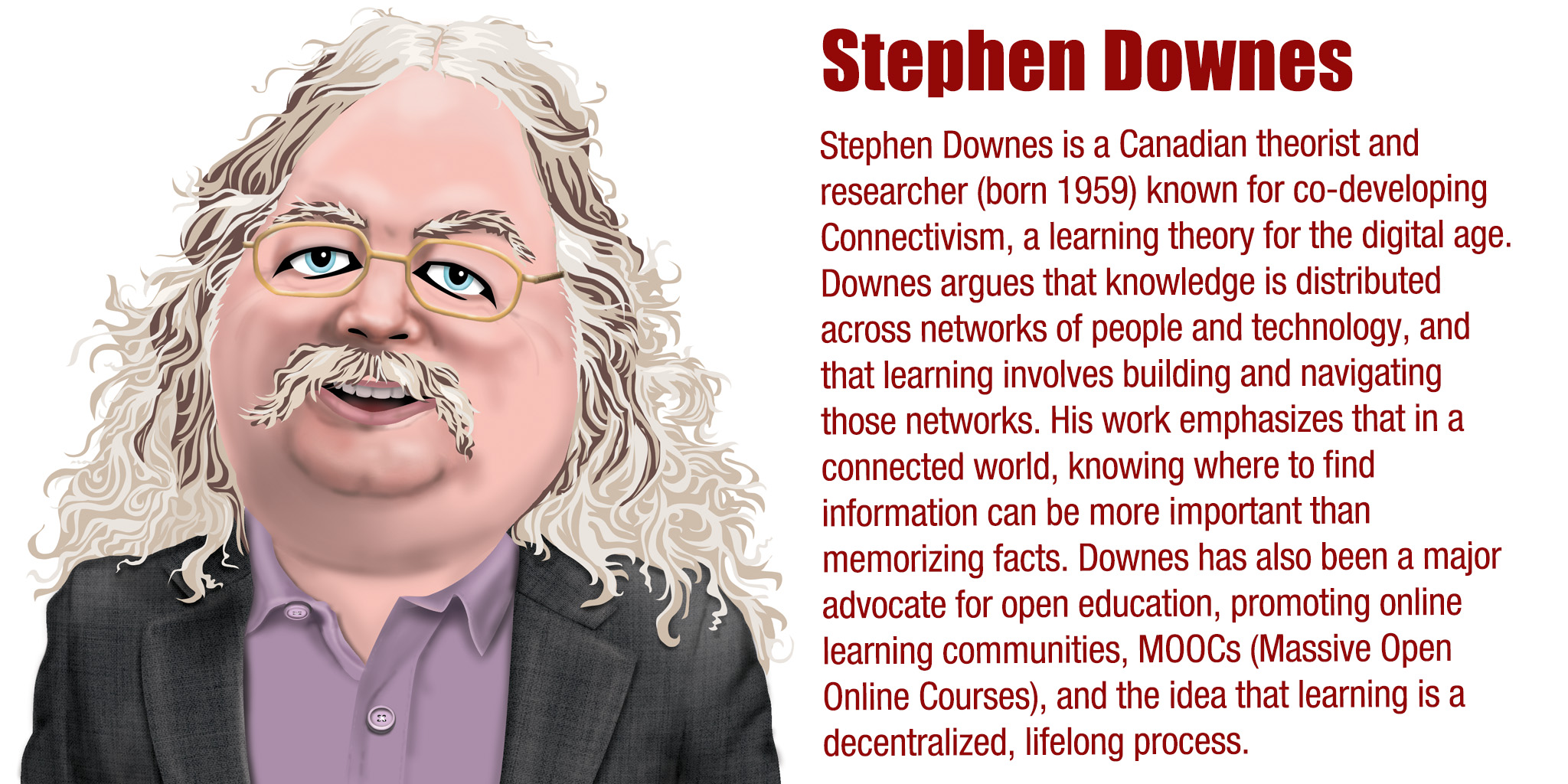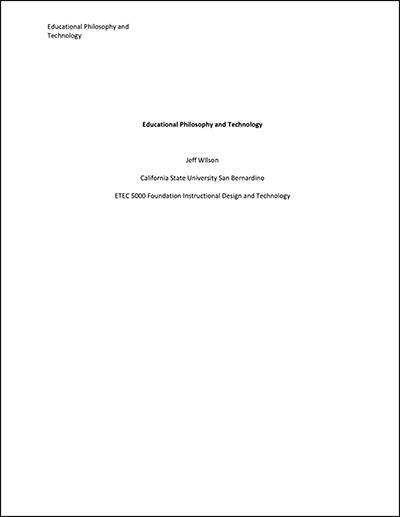Educational Philosophy
My educational philosophy is grounded in several learning theories. My focus is on creating learner-centered environments that make the education meaningful for individual learners—I believe in meeting students where they are and tailoring educational experiences to their needs1. I believe that learning is a process of active construction and I try to tap into learners' prior experiences to bolster the effectiveness of the instruction2. I emphasize the importance of preparing learners with skills and tools they can directly apply in their personal and professional lives. I believe that learners grow in their practice through reflection in which they can examine their growth, accomplishments, and challenges3. I believe in accessibility and equity for all learners through the use of Universal Design for Learning.4
Weimer, M. (2002). Learner-centered teaching: Five key changes to practice. Jossey-Bass.
Wilson, B. G., & Novak, K. (2023). Constructivism for active, authentic learning. In R. A. Reiser, A. A. Carr-Chellman, & J. V. Dempsey (Eds.), Trends and issues in instructional design and technology (5th ed., pp. 96–111). Pearson.
Pratt, K., & Palloff, R. M. (2008). Assessment online. In Assessing the online learner: Resources and strategies for faculty (pp. 28–48). Wiley Professional Development.
CAST. (n.d.). Universal design for learning guidelines. CAST. https://www.cast.org/udl-guidelines
Theoretical Foundation
In a Master’s program for Instructional Design at Caifornial State University San Bernardino, we were trained in the following areas:
Learning Theories and Theorists
These caricatures were illustrated by my dear colleague Anna M. Gaitan, MFA.
Motivation and Engagement
When it comes to creating instructional design, I’ve learned that motivation and engagement aren’t just nice extras—they’re absolutely central to whether or not learning sticks. If the learner isn’t motivated, the best-designed course in the world is going to fall flat. I've realized it’s important to build in meaningful goals, real-world relevance, and moments of success early and often. Engagement isn't just about making things fun; it's about giving learners a reason to care and a way to see themselves succeeding. Good design leans into curiosity, challenge, and autonomy—and if I get that right, the rest of the learning experience has a much better shot at actually working
Assessment and Evaluation
What I’ve learned about assessment, evaluation, and revision in instructional design is that they’re not just final steps—they’re baked into the entire process. Assessment isn’t just about testing if learners got it; it’s about making sure the instruction itself is doing what it’s supposed to do. Evaluation helps me step back and ask, “Is this really working the way I intended?” And revision—honestly, it’s just part of the deal. No design is perfect the first time. I’ve learned to expect it, welcome it, and build in ways to tweak and improve based on real feedback, not just gut feeling. It’s all part of designing something that actually helps people learn, not just something that looks good on paper.
Universal Design and Accessibility
What I’ve learned about UDL—Universal Design for Learning—is that it’s not just about accessibility; it’s about designing from the start so everyone has a way in. UDL pushes me to think beyond the "average" learner and recognize that flexibility is key. It’s about offering multiple ways to engage, multiple ways to show understanding, and multiple ways to access content. When I actually build those options into the design, it doesn’t just help a few learners—it makes the whole course better for everyone. UDL isn’t an add-on; it’s just good design.
These foundations support a well-rounded understanding of how to design, develop, and evaluate learning experiences that are pedagogically sound, technologically adept, and accessible for a diverse range of learners.
Reflection
The data-driven psychological theories that underpin all of instructional design are fascinating and sometimes surprising. I was surprised to find out that my main method of "teaching"—lecturing—is not very effective and that to really create effective learning environments, I needed to quit thinking of myself as the repository of knowledge that my students must tap in order to learn. In order to become an effective instructional designer, I needed to completely overhaul my understanding of how learning works and to become a student-centered designer.
Through this process, I have deepened my understanding of how theories like constructivism and connectivism shape effective, student-centered learning environments. I have gained clarity on the importance of designing experiences that prioritize active engagement, collaboration, and critical thinking while leveraging technologies that empower learners to construct knowledge and connect with diverse networks. This reflection has reinforced my belief in tailoring instruction to meet learners where they are, emphasizing their role as co-creators in the learning process.
As I move forward as an instructional designer, I will carry these principles into creating adaptable, dynamic learning environments that support both individual growth and collaborative learning. I plan to integrate tools like Canvas and Google Docs more strategically to encourage active participation and peer interaction. As a professor, I have already applied these insights by fostering meaningful discussions, encouraging peer reviews, and using technology to scaffold learning. This process has solidified my commitment to blending theory with practice to create learning experiences that are both engaging and transformative.
